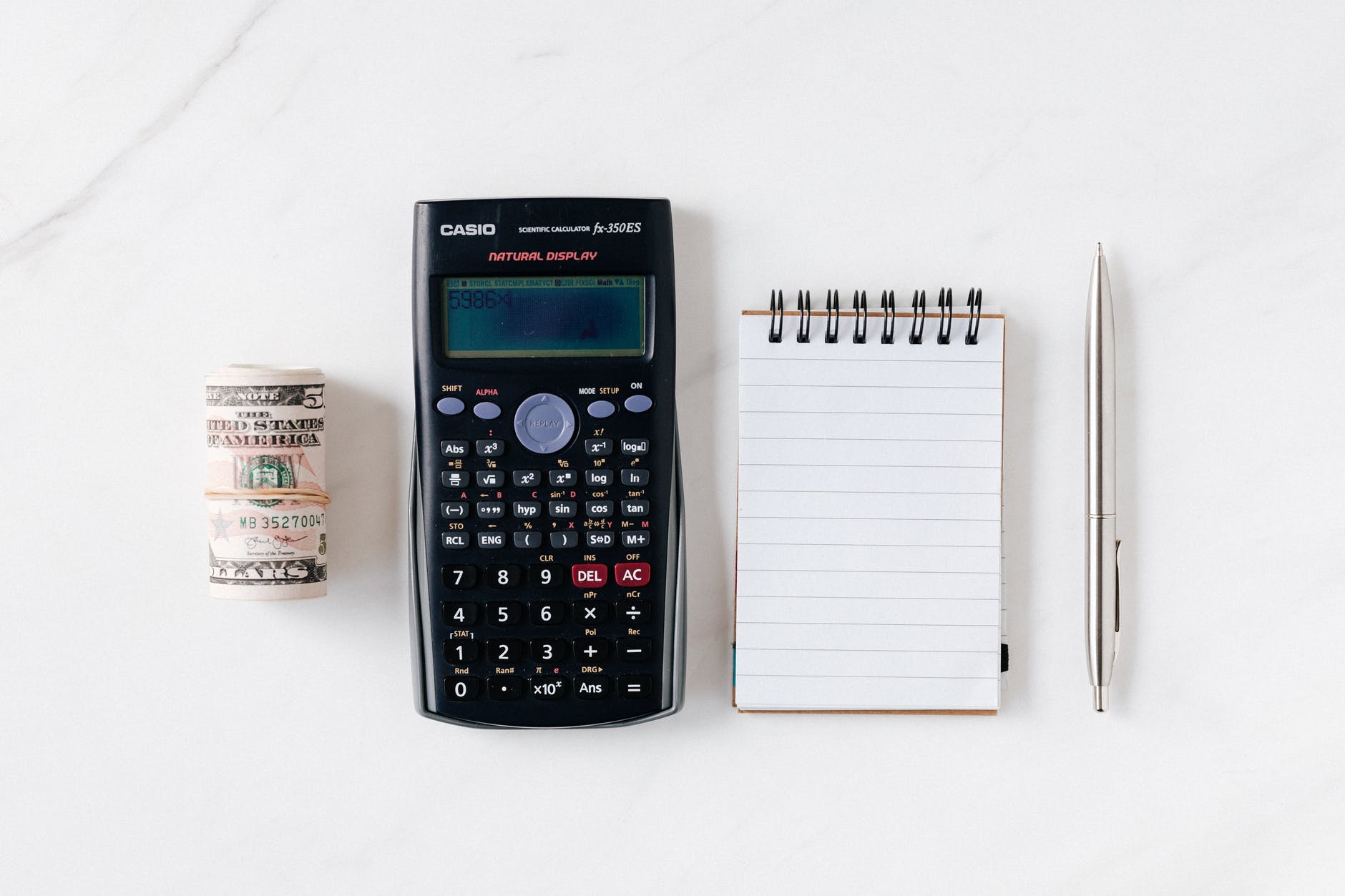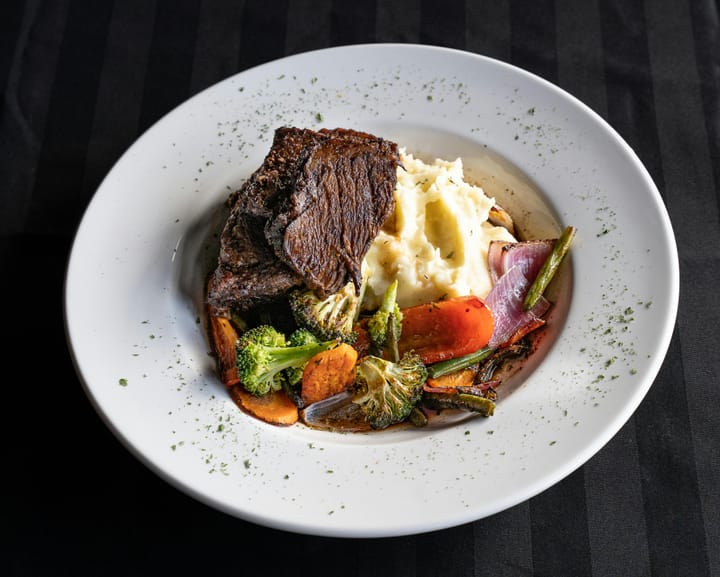Everything you need to know about kakeibo, a Japanese method of saving money

A few minutes every morning is all you need.
Stay up to date on the world's Headlines and Human Stories. It's fun, it's factual, it's fluff-free.
Can’t seem to grab ahold of frivolous consuming habits? Or, do you want to learn how to elevate your lifestyle through financial means? A Japanese method of saving money, kakeibo, may help you immensely.
The word “kakeibo” translates into English as “household financial ledger.” Invented in 1904 by Hani Motoko, Japan’s first female journalist, kakeibo was originally an accounting method popular among Japanese housewives. However, the method is a helpful way for anyone to become more aware of their spending habits and budget.
We’ve dug a bit more into kakeibo to learn how applying this method to your everyday life can help you practice more mindful spending, budget for your needs and meet your savings goals.
The importance of mindful spending
Mindful spending requires you to be, well, mindful. By keeping track of your purchases and separating them into categories, like needs and wants, you can better understand your habits and see where your money goes each month.
By making you more aware of how you spend your money, mindful spending can help you become more effective in the way you use your money. Whether your goal is to save money, pay off debt, develop a budget or something else, practicing mindful spending puts you on track to attain your financial goals. Plus, there’s just something about writing down your purchases that will help you see your spending patterns with a wider lens.
Using kakeibo to organize your budget

The fundamental structure behind the kakeibo method lies in asking yourself a set of questions to understand your motivations and priorities when it comes to spending. Then, by writing every purchase down physically on paper, you are forced to think practically when questioning yourself. The four key questions usually asked are:
- How much money do you have to spend?
- How much would you like to save?
- How much money are you spending?
- How can you improve next month?
As simple as it may seem to figure answers to questions like these and write them out, you realize not only the practical range of your budget and progress towards your financial goal but also the reasons why you buy the items you buy.
While you can write answers to these questions on paper, kakeibo also requires you to group your purchases into four categories. The four categories are:
- Essentials
- Unanticipated expenses
- Wants
- Culture (books, museums, exhibitions, etc.)
You can start by establishing a budget. You should also determine your savings goals and write these in a journal entry as a foundation. Categorizing your purchases also requires that you think through each buy thoroughly. For example, ask yourself the following questions to encourage more mindful spending:
- Do I really need this?
- Can I actually afford this?
- Will I use it, and do I have the space for it?
- How did I come across this purchase?
- What is my emotional state at the moment?
- How do I really feel about this purchase?
By asking yourself these questions, you will better understand your purchases and spending habits, meaning that you can control how you spend your money more effectively to reach your budget and savings goals. You’ll also be better equipped to realistically tell the difference between your “wants” and your “needs.”
Once the end of the month comes around, you should sum up all your spending for each category (and overall) and how much you’ve saved. Then, reflect on how you’ve done – did you manage to reach your goals? How can you improve for next month?
Strategies for spending, kakeibo-style

The method is simple, but you may find it hard to commit or think about it while carrying out your day-to-day routines. Thus, here are some strategies that are recommended to spend more mindfully, kakeibo-style:
- If there’s an item you’re unsure about purchasing, leave it for 24 hours. Give yourself time to think over the value of the item, and if it’s still worth the price the next day, you can purchase it. Not only does this confirm the item’s value to you, ensuring you’ve spent your money on something worthwhile, but it can also elevate your satisfaction with the purchase.
- Don’t be tempted by big “blowout sales.” Although attractive due to seemingly low prices, you need to ensure that the item has value to you other than being a good price at that point in time.
- Make sure to check your bank balance regularly. It may worry you or even feel like an annoying chore, but this will give you more clarity and control over your finances on a day-to-day basis.
- Spend in cash. It allows you to become more conscious of the money you give away, naturally putting you in the habit of budgeting.
- Put reminders in your wallet. Whether it be tiny notes that ask, “Do you really need this?” or even just a sticker that can help you rethink before spending your money, the small things really can make an impact.
- Last but not least, if you notice that you tend to spend more in specific environments on items that aren’t necessarily fulfilling, try to avoid those environments. Maybe it’s the advertisements online that you see scrolling through social media. You could perhaps limit the amount of time you spend on social media and try to find something else to do instead. Or maybe there’s a particular store where you tend to overspend. Rather than browsing, make a list of what you need and stick to it, then get out before you’re tempted to make impulse buys.




Comments ()